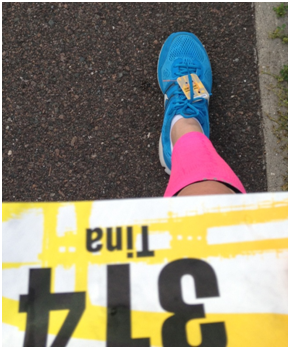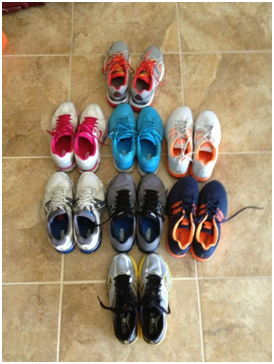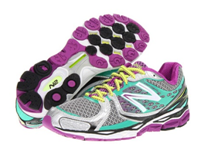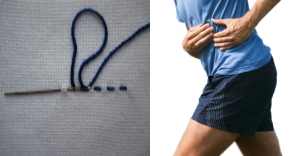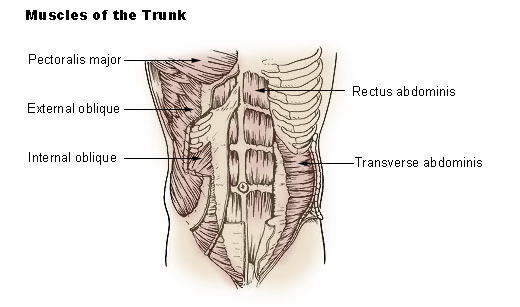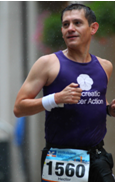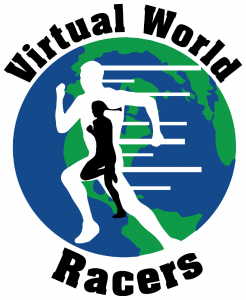Sole Running: Takes from the Trails
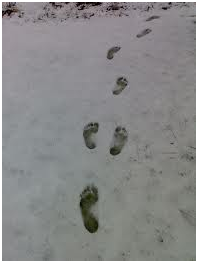
Barefoot Prints in the Snow
Winter running can be challenging at the best of times, with so many variables that have to be taken into consideration to make your run a success. You can spend more time just getting ready to make the venture outdoors than you actually spend running. This is not uncommon at all, and probably is one of the main factors why a substantial number of runners do not take the opportunity to partake in one of the most wonderful and rewarding running experiences. Being from Winnipeg, Manitoba Canada, I am a little partial to winter running. Because winter and colder temperatures are such a big part of my running year, I try to take full advantage of it.
I know what you are thinking. Yes, winter running is challenging and can be downright difficult on so many levels, but it is also one of the most surreal running experiences you can undertake. Picture running across a frozen landscape with a layer of hoarfrost on the trees, seeing your frosty breath expelling from your mouth as you work that little bit harder to push the limits. Suddenly, you spot a deer or another woodland creature watching you through the trees, their breath steaming as it hits the cold air before finally they turn and bound away. The peace and tranquil surroundings entice you in as you follow the snowy path beside a frozen creek. The sound of silence is broken by the sudden sound of water as you come across a break in the ice where the water cascades over the rocks. Beauty at its best, in my opinion.
Winter running requires additional planning of course, not only in picking the right route for the day at hand, but also the right gear to ensure you get the perfect experience out of your running adventure.
I will start with the route. Before you head out into the white winter wonderland, you want to know
1. where you are going,
2. how long you are expecting to be gone, and
3. what the current and forecasted weather conditions are for the duration of the run.
These are all very important and will allow you to plan your run accordingly, to ensure you have the proper attire. Finding the right combination of clothing for the task at hand is critical to ensure you get the most out of your run. Dressing with the incorrect amount and type of layering can either have you too cold or too warm (although being too warm can be dealt with easier than being too cold).
This is a good link to give you a heads up on what you should be looking at for layering requirements, but don’t forget to experiment as well, as this would be a basic guideline, and everybody can and will be slightly different. Myself, the shoes withstanding, utilize a slightly modified version of this. I am not a big fan of fleece when I run because I overheat too quickly. I usually go with an Under Armor Cold Gear base (typically a turtle neck), with a tech shirt over top followed by my Solomon Acti Therm Jacket followed by a wind breaker or something similar. I do agree with the hat and the gloves both being very important, as the majority of your heat loss will be through your head and through your hands. If I keep them warm, as well as my core, I am good to go.
Almost as important is that you let someone know what your plan is, in case you run into some trouble. Always, and I mean always, let someone know what you are doing when going out for a winter run, especially if you are planning a trail run. Getting lost in the woods or encountering a sudden winter storm is not something to take lightly. Another item of note: if you are planning a trail run in the winter, ensure you have some emergency gear with you, a survival kit just in case.

Hoarfrost
Now I know most of you were probably curious about the barefoot running aspect of the post title. I did want to get some of the above out of the way before I dove into that. Whether you are adventurous, or some may say a little bit crazy, to try subfreezing barefoot running, a lot of the same rules apply, except the shoes are missing for at least part of the run.
I will tell you that I run barefoot in the winter, and there are a number of others across the northern hemisphere that have taken up the challenge to see how far they can push their bodies as well. This does not mean that it is meant for everybody, nor can you just take off your shoes and go for a snowy 5 km run. That would be just plain stupid. Running barefoot in the winter is just like anything else. You have to work up to it. You have to prepare your feet for the temps and conditions, and most of all you have to know your limits. Think about lifting weights. Would you be able to go to a gym and just squat 200lbs out of the blue? I seriously doubt it. It is the same with running barefoot in the winter. You need to get your feet used to the reduction in temperature by slowly exposing them to the temperature drops. This can be best achieved by running barefoot as much as possible throughout the year and into the fall. Even short spurts of exposure will allow your skin and feet adapt to the exposure that they will be experiencing once the temps drop below freezing.
This is my fourth year of running barefoot in the winter and unfortunately I cannot go without footwear all the time or I would get very little serious running in once the conditions turn. But I still get out there to log a mile or two barefoot when I can, because there is nothing like it, to push the boundaries that little bit to see how low you can go. It is interesting that people still have the same reactions as to any barefoot running. It’s either, “Who stole your shoes?” or “What mental facility did you break out of?” after they realize I am running that way on purpose. My friends think I am crazy as well, and I get questions all the time because people just want to know what type of person would put their feet through that? Well, the short and sweet of it is, me, that’s who. I am all about the experiences.
Here are some tips that I would like to share with anyone who might want to give this a whirl. So I have compiled a few thoughts on the subject and guidelines that I follow:
My keys to cold weather running and keeping the toes toasty are the following:
1. Keep moving. Stop and the potential for your feet to freeze to the ground increases dramatically.
2. Keep your head covered with a toque (what us Canucks call a Beanie I guess). Heat rises and guess where your head is? (Let’s keep your minds out of the gutter now people)
3. Layer accordingly above your waist. If it is really cold, I use Hot Pockets (instant heat) against my midsection to keep my core nice and toasty.
4. Good running pants are a must. Wear either tights or winter running gear like North face or Salomon (wind resistant) when it is really cold, because it is usually not the cold that gets you, it is the burn from the wind, which will freeze your upper legs. A good kilt works to. I have ran in a kilt in weather down to -30 degrees with no issues on the lower legs.
5. This may seem strange, but have something covering your ankles. I use wrist bands to cover them because when they are bare my feet seem to get colder quicker. I personally think it is because the ankle bone is so close to the skin surface and when there is less covering, the cold gets into the bones and works its way down to the feet. When the ankles are covered and warm, my feet just seem to stay warm so much better.
6. But the most important thing is to know your limits and do not push it beyond that. Otherwise, there is potential of doing some significant damage. As soon as you cannot feel the ground, stop and get something on your feet, because numb feet are dumb feet. Don’t take chances, because you only have two feet to work with.
Other than that get out there and have some fun, and give those silly shod runners something to talk about.
I hope this might pique your interest into trying something a little more unorthodox, as well as fun, like winter running, even if it is in shoes, because you just don’t know what you are missing until you give it a try.
Happy Trails,
Bob is a barefoot runner from Canada who has been lucky enough to discover the passion of running. From running 5 km around his neighborhood with his faithful husky Hazel to running 100 mile Ultra-marathons over nasty terrain, Bob runs with a smile and an encouraging spirit. You can also follow his ramblings at Canadian Running Magazine Online (http://runningmagazine.ca/blogs/bare-my-soles/ ) and his personal blog, http://winnipegbarefootrunners.blogspot.ca/.
Run Strong, Run Hard, Run Happy and Run Free……………….
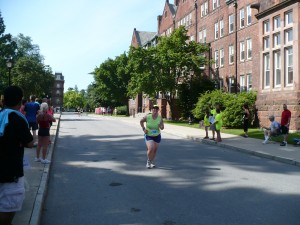 I started running in May 2013. For years I have tried to become a runner, but never got past the first week. I decided to sign up for a 5K race. This way, I invested money in running. I also posted to my friends on Facebook that in 8 weeks I would be running a race, so I felt more accountable to hit the asphalt.
I started running in May 2013. For years I have tried to become a runner, but never got past the first week. I decided to sign up for a 5K race. This way, I invested money in running. I also posted to my friends on Facebook that in 8 weeks I would be running a race, so I felt more accountable to hit the asphalt.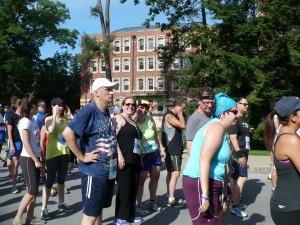
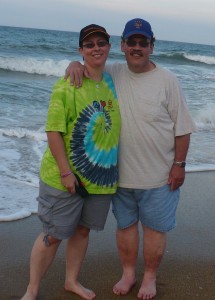


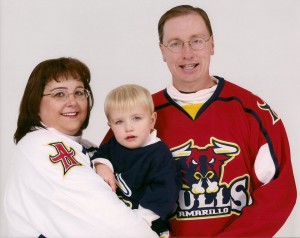 old and has worked for Wayland Baptist University since 2004 as the Director of Human Resources. In 2009, the title of Wellness Manager was added when he was asked to start the university’s Wayland Wellness program. Since the start of this program, Ron has lost 100 lbs in one year and has been able to maintain his weight for over three years, has assisted the university maintain a low cost of medical premiums, and helped a number of employees and their family members live healthier life styles. In order to maintain his healthy life style, Ron enjoys running, cycling, Crossfit training, and participating in a number of running and cycling in events in Texas and New Mexico. You can follow Ron healthy life style on Facebook at
old and has worked for Wayland Baptist University since 2004 as the Director of Human Resources. In 2009, the title of Wellness Manager was added when he was asked to start the university’s Wayland Wellness program. Since the start of this program, Ron has lost 100 lbs in one year and has been able to maintain his weight for over three years, has assisted the university maintain a low cost of medical premiums, and helped a number of employees and their family members live healthier life styles. In order to maintain his healthy life style, Ron enjoys running, cycling, Crossfit training, and participating in a number of running and cycling in events in Texas and New Mexico. You can follow Ron healthy life style on Facebook at 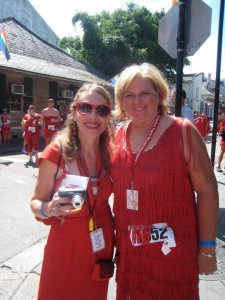 I used some of that energy to go for a walk. A cool, refreshing walk. Outside–where I had not been in quite a while because I just did not have the energy, things looked a little brighter, a little clearer. I started walking everyday. I started walking with a friend I had just met. Eventually, I told her that I really did not enjoy walking as much as I loved running. I felt that walking was like chewing without swallowing.. you got the taste but it never really satisfied. So she offered to run with me.
I used some of that energy to go for a walk. A cool, refreshing walk. Outside–where I had not been in quite a while because I just did not have the energy, things looked a little brighter, a little clearer. I started walking everyday. I started walking with a friend I had just met. Eventually, I told her that I really did not enjoy walking as much as I loved running. I felt that walking was like chewing without swallowing.. you got the taste but it never really satisfied. So she offered to run with me.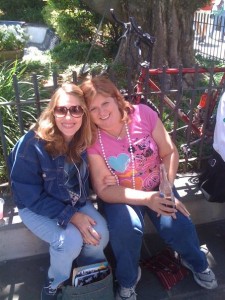 So I took her advice. I started to run. We went to races and she would walk and I would run/walk. I would come to finish line not long before she did but I was happy…I could run!!! I started setting goals. I started planning training strategies, I went to the gym and took up cross-training ways to get stronger. I started to eat better so that I could work harder. I had a plan…I had a day to day plan for my life that turned into a reason to live. In that life I had energy for my husband, my kids and their families, for myself.
So I took her advice. I started to run. We went to races and she would walk and I would run/walk. I would come to finish line not long before she did but I was happy…I could run!!! I started setting goals. I started planning training strategies, I went to the gym and took up cross-training ways to get stronger. I started to eat better so that I could work harder. I had a plan…I had a day to day plan for my life that turned into a reason to live. In that life I had energy for my husband, my kids and their families, for myself.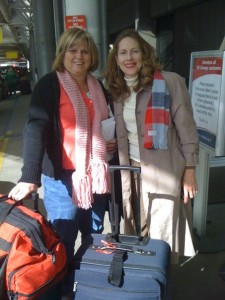
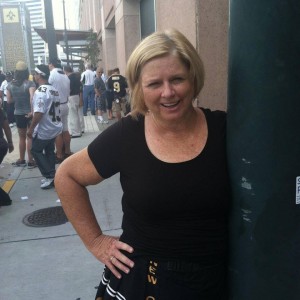 Carolyn Guhman is a 61 year old, retired insurance agent who is a mother of five and grandmother of six. She lives in suburban New Orleans, LA with her husband, Rick. When health issues forced her into early retirement and severe depression in 2008, she decided it was time to grab the reins of her own life. After a couple of years of trying to figure out where things went wrong and how to set them right,she laced up her shoes, filled out some race registrations, discovered a whole community of helpful people and finally found herself–running. Follow Carolyn on Facebook at
Carolyn Guhman is a 61 year old, retired insurance agent who is a mother of five and grandmother of six. She lives in suburban New Orleans, LA with her husband, Rick. When health issues forced her into early retirement and severe depression in 2008, she decided it was time to grab the reins of her own life. After a couple of years of trying to figure out where things went wrong and how to set them right,she laced up her shoes, filled out some race registrations, discovered a whole community of helpful people and finally found herself–running. Follow Carolyn on Facebook at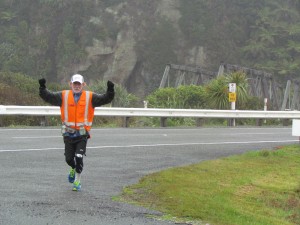 However I began to think of what could be done in NZ of a similar magnitude. A few people had run the length of NZ ( a distance of approximately 2000kms) but what could be done in the range of 5000 kms? This is where I looked at running around NZ – East and West coasts of both islands. I decided to stick to main roads and came up with a route of approximately 5300 kms – a big undertaking – with an itinerary worked out over 70 days. This meant averaging 73 kms per day with some days more and some less. The last 24 hours would entail covering 150 kms with the idea being “ if I wasn’t written off already, I certainly would be at the end”. This sort of run is something that had never been attempted in NZ.
However I began to think of what could be done in NZ of a similar magnitude. A few people had run the length of NZ ( a distance of approximately 2000kms) but what could be done in the range of 5000 kms? This is where I looked at running around NZ – East and West coasts of both islands. I decided to stick to main roads and came up with a route of approximately 5300 kms – a big undertaking – with an itinerary worked out over 70 days. This meant averaging 73 kms per day with some days more and some less. The last 24 hours would entail covering 150 kms with the idea being “ if I wasn’t written off already, I certainly would be at the end”. This sort of run is something that had never been attempted in NZ.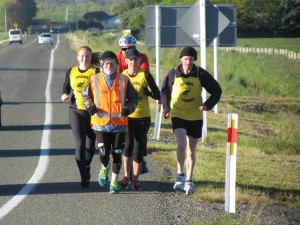 At the start my mind was in a good space – I was expecting the good days as well as the really hard days and this really helped. There are always going to be the good and the hard so it was a case of enjoying it when things were going well and dropping it back to say the next lamp post when things were getting hard. Probably, initially the hardest part was days 16 – 21. I was in a sense in new territory having only run these sort of distances for 15 days straight. I had to battle the “ mind “ for a few days to get through this and it became so important to break everything down into smaller pieces. If I had kept focusing on the end target it would have become a huge struggle. Here again it became so important to have a routine which basically stayed the same day in and day out.This generally was :
At the start my mind was in a good space – I was expecting the good days as well as the really hard days and this really helped. There are always going to be the good and the hard so it was a case of enjoying it when things were going well and dropping it back to say the next lamp post when things were getting hard. Probably, initially the hardest part was days 16 – 21. I was in a sense in new territory having only run these sort of distances for 15 days straight. I had to battle the “ mind “ for a few days to get through this and it became so important to break everything down into smaller pieces. If I had kept focusing on the end target it would have become a huge struggle. Here again it became so important to have a routine which basically stayed the same day in and day out.This generally was : The routine worked well and the body adjusted fairly quickly. This was a magnificent run around some very beautiful country and I ran back into the finishing point at the designated time. The other great point from the run was getting the message out about Mental health and the great effect any form of exercise has on peoples mental wellness.
The routine worked well and the body adjusted fairly quickly. This was a magnificent run around some very beautiful country and I ran back into the finishing point at the designated time. The other great point from the run was getting the message out about Mental health and the great effect any form of exercise has on peoples mental wellness.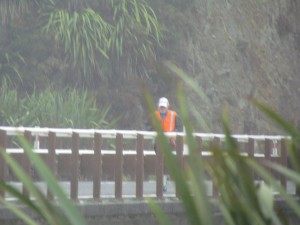
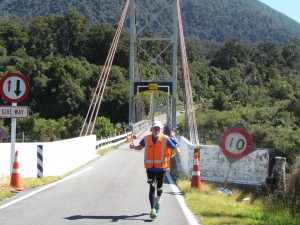
 eagerly accepted the challenge and our competitive juices started turning as we talked about the coming year.
eagerly accepted the challenge and our competitive juices started turning as we talked about the coming year.
 Most importantly, I’ve learned that as the leader of this amazing group of people there is so much good that we can do. In May we held a virtual running event and raised more than $2,500 for a seven year old boy, Adler, who was facing kidney cancer and his family had no insurance. Moon Joggers around the world wore striped socks in honor of Adler the Brave. In July we raised $1,000 for a group of runners in Kenya that were in need of good running shoes. I look forward to future virtual events to be held, as more money is raised for people in need.
Most importantly, I’ve learned that as the leader of this amazing group of people there is so much good that we can do. In May we held a virtual running event and raised more than $2,500 for a seven year old boy, Adler, who was facing kidney cancer and his family had no insurance. Moon Joggers around the world wore striped socks in honor of Adler the Brave. In July we raised $1,000 for a group of runners in Kenya that were in need of good running shoes. I look forward to future virtual events to be held, as more money is raised for people in need.
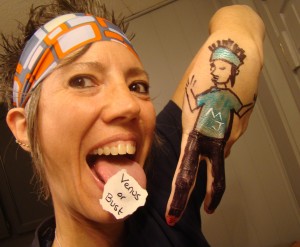
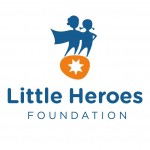
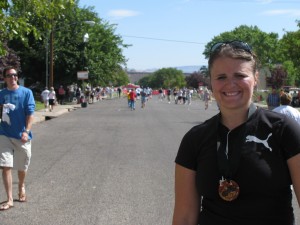
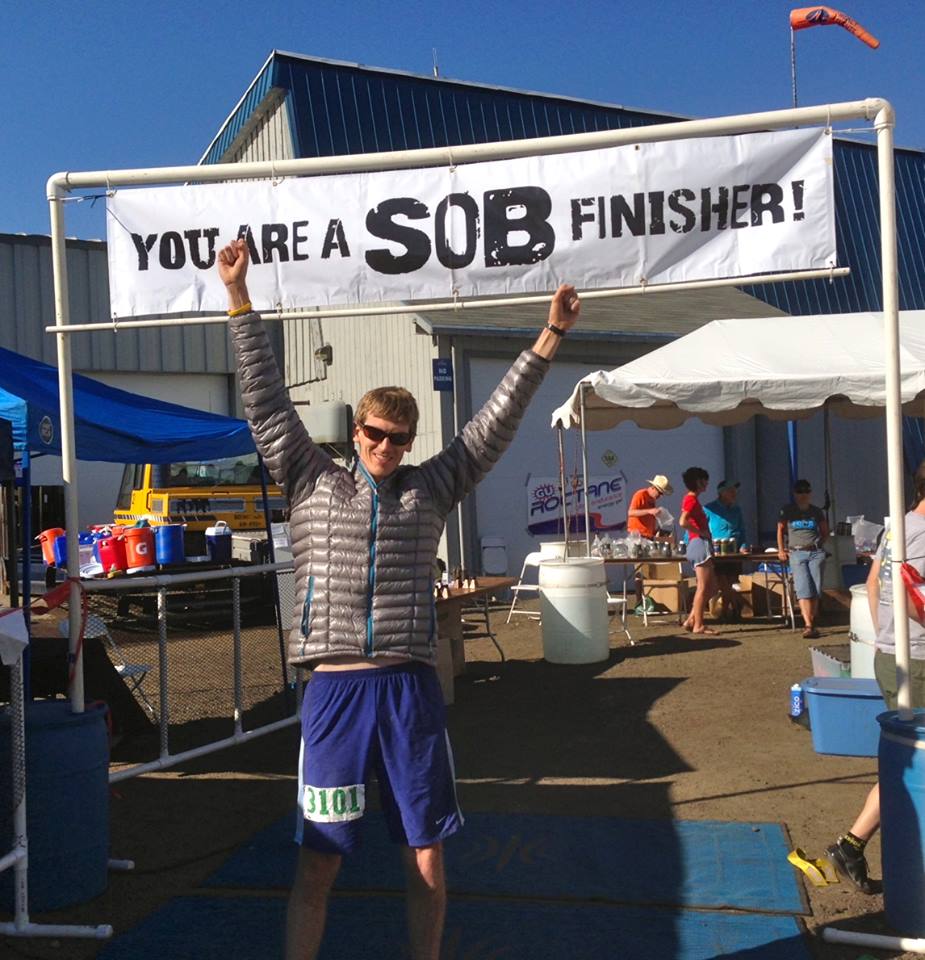
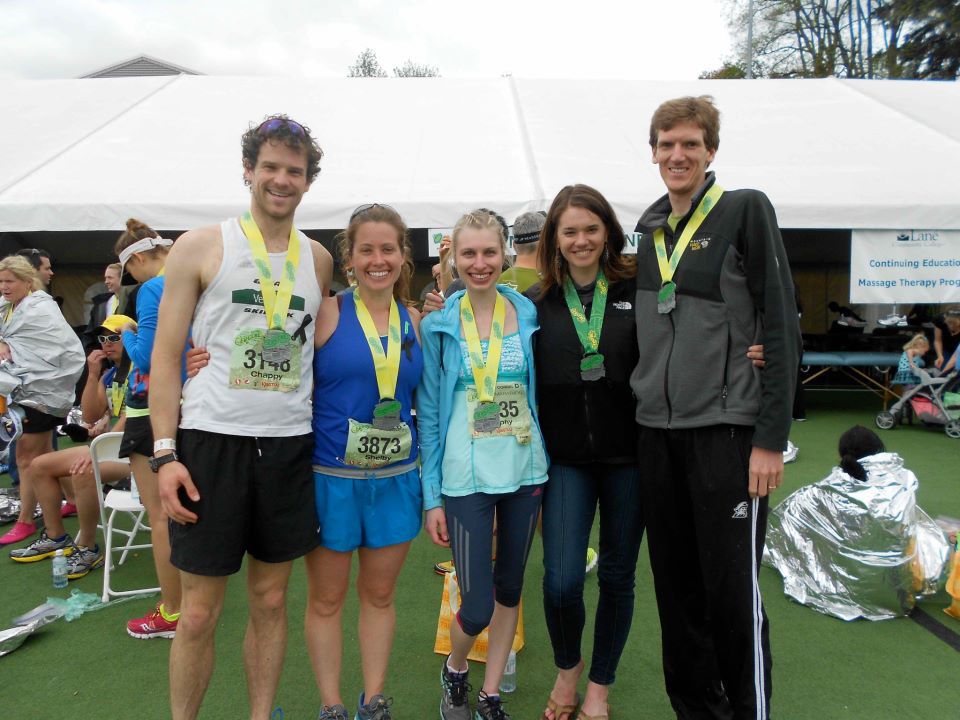
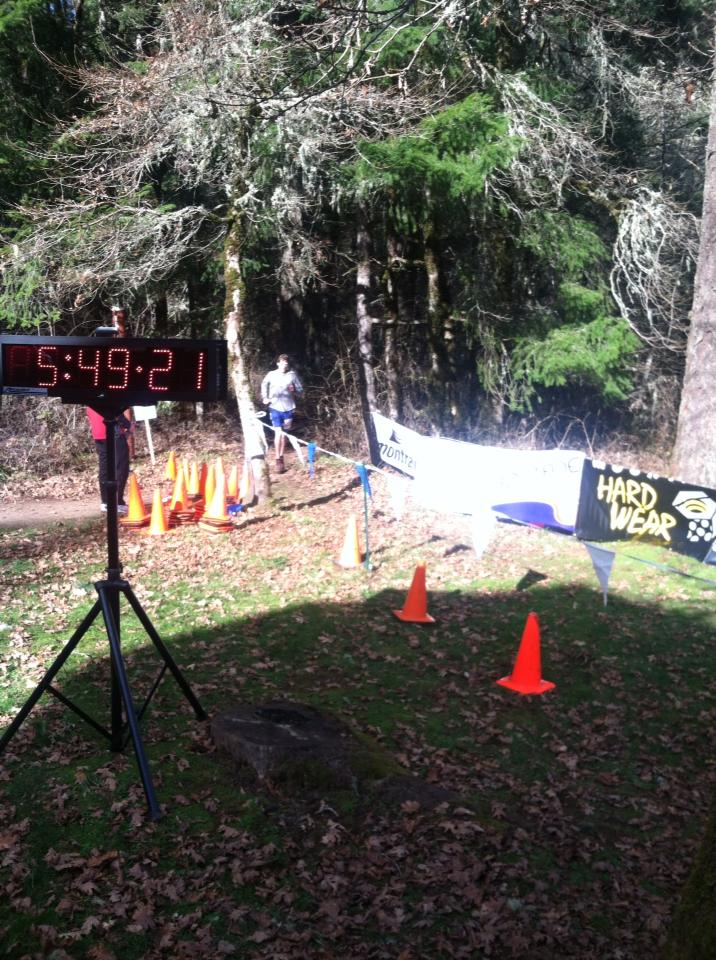
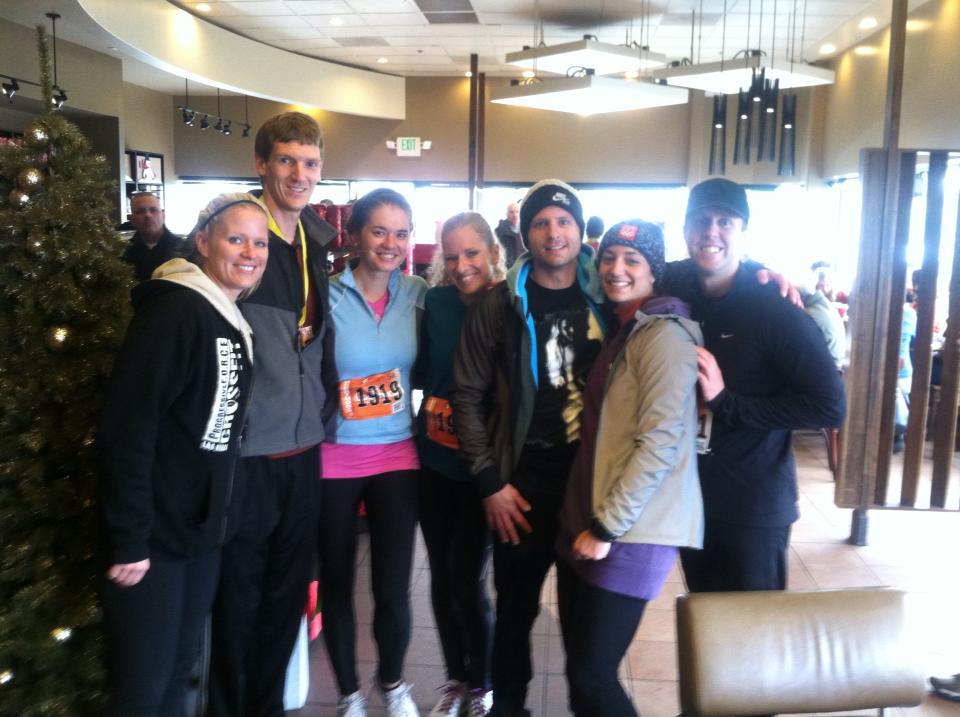
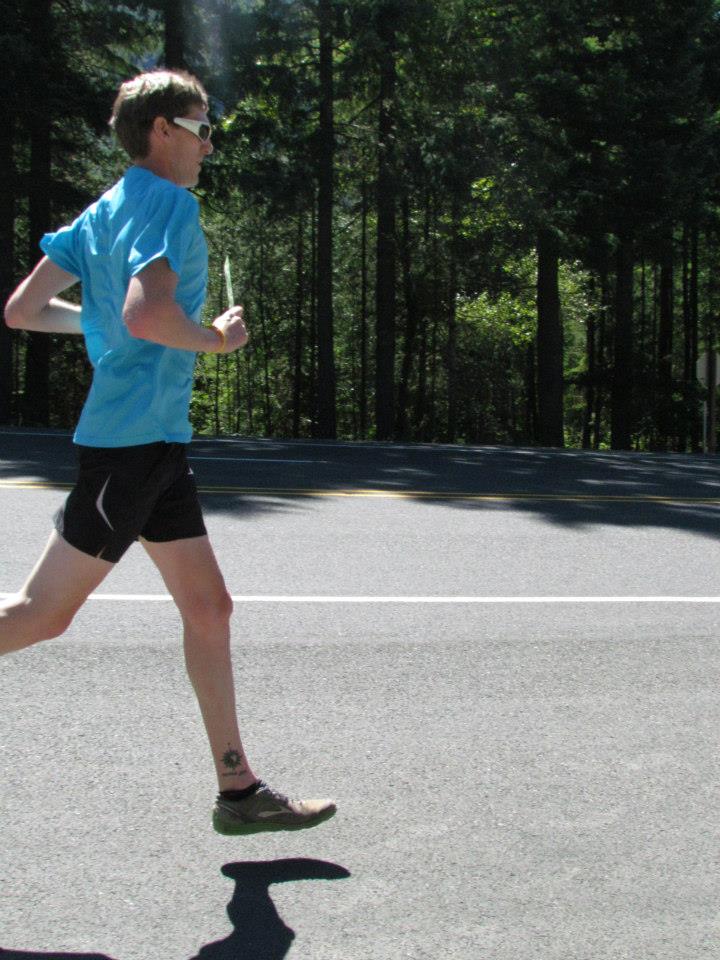
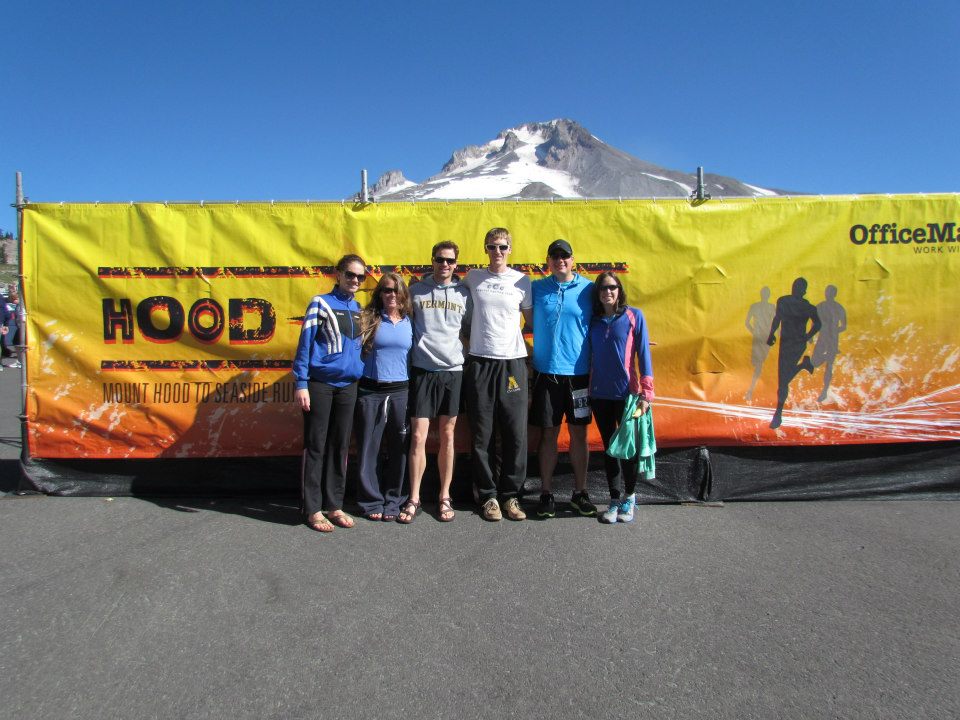
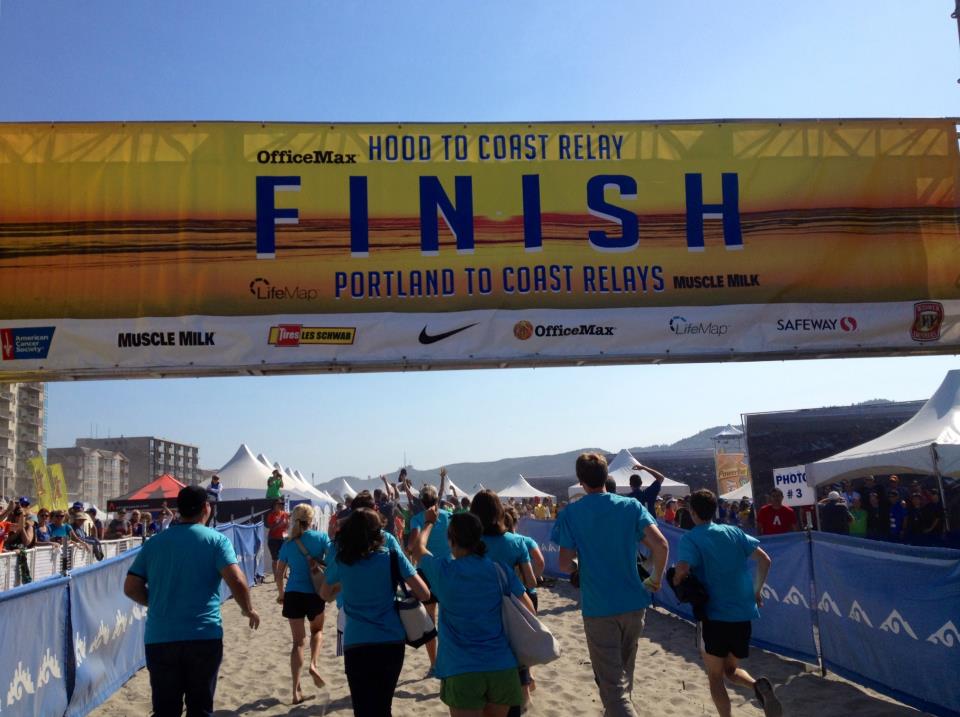
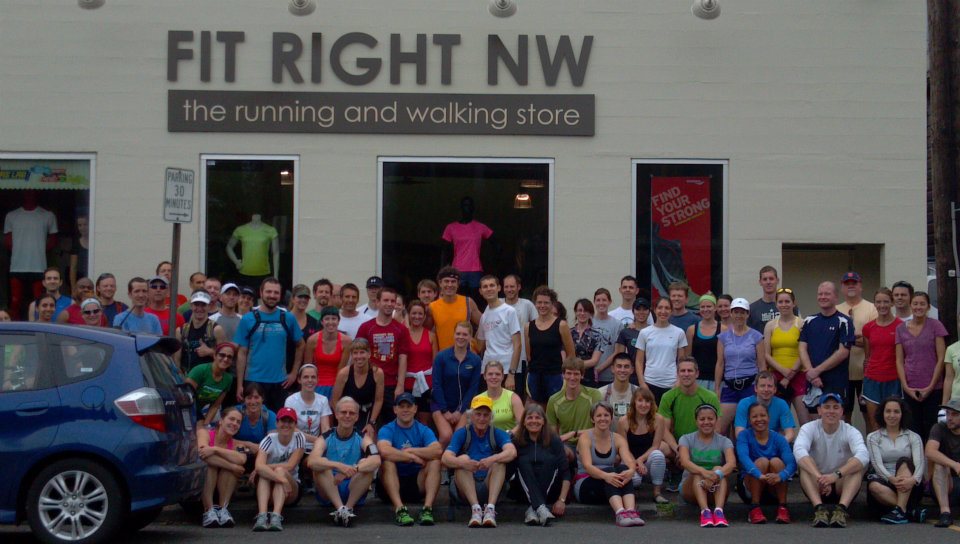
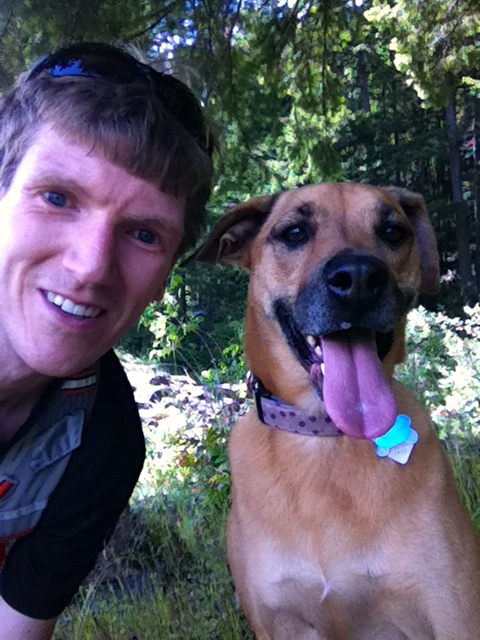
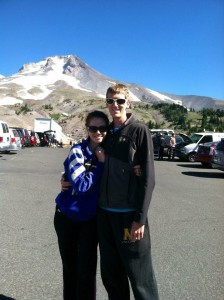


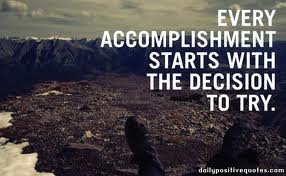
 I remembered that feeling last week when I wrote my younger sister about the Space Coast Half Marathon. I knew she hadn’t had as much time to train as she’d hoped and I didn’t want her to feel obligated just because I registered her for her 30th birthday. My email was an opportunity for her to be let off the hook if she was looking for a way to back out.
I remembered that feeling last week when I wrote my younger sister about the Space Coast Half Marathon. I knew she hadn’t had as much time to train as she’d hoped and I didn’t want her to feel obligated just because I registered her for her 30th birthday. My email was an opportunity for her to be let off the hook if she was looking for a way to back out.
